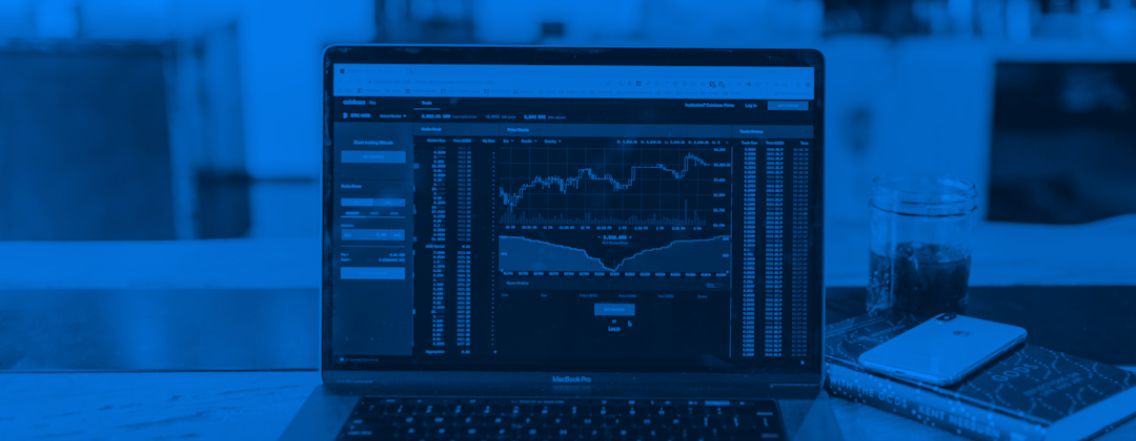The Second Payment Services Directive has highlighted various services related to account information and payment initiation.
You’ve probably heard about it, account aggregation has seen a real boom in recent years.
And, we reassure you, if not, do not worry, we will revisit all the elements you need to know about account aggregation in this article!
- What is account aggregation?
- How do account aggregators work?
- What are the other services related to account information and payment initiation?
- How can you leverage all these services to grow your business?
These are the questions we will answer in this article, delving into the details of these themes around aggregation and aggregators.
Thus, you will know everything about account aggregation, the tools that stem from it, and the related services that can be very useful in managing your company’s finances.
Having a smooth payment process is crucial, especially for a company that issues regular invoices or needs to manage long-term consumer subscriptions.
Ready to (re)discover account aggregation?
Let’s start with the basics.
What does account aggregation mean?
Let’s step back a bit because at the start, there’s PSD2 and Open Banking.
Regulatory initiative and technology that you’ve surely heard a lot about if you’re keen on payment industry news.
Thanks to these innovations, two new categories of services that did not exist before have emerged.
- Services related to payment initiation (PIS or Payment Initiation Service).
→ They allow an authorized third party to initiate a payment for and from their client’s account.
→ These services require strong authentication and payer validation for each transaction made.
- Services related to account information (AIS, or Account Information Service).
→ They provide a consolidated view of multiple bank account data (balance, transactions, account holders…).
→ Account aggregation is one of the derived services from Account Information Service Providers (or AISP).
To visualize this, think of account aggregation as a tool that centralizes accounts held at various banking institutions.
This tool, called an account aggregator, can be managed by a traditional bank or a new actor such as a payment service provider.
Account Aggregation: How Does It Work?
It’s important to note that account aggregation is truly a product of Open Banking as it is based on the sharing of financial data from one financial institution to another.
So, how does it work?
Imagine you are a company that holds several accounts in different banks (traditional or online).
Then, aggregating bank accounts via an aggregator involves:
- collecting all the information held by your various banks,
- synthesizing all this data,
- providing you with an aggregated view of it.
For this entire process, simplified for your understanding, programming tools called APIs (Application Programming Interfaces) are used.
There are several types of programming applications, and those offering account information services focus on the following data:
- information related to the account holder’s identity (name and surname of the beneficiary as well as their gender),
- the type of account (savings account, current account, investment account),
- the details of transactions made (payment, direct debit, transfer…).
For account aggregation, it is very simple; the data related to the account held in the banks is thus sent to another institution which can be a bank or a payment service provider.
Aggregators synthesize and aggregate the data to provide detailed summaries to consumers, often within the same unique online space.
They are generally offered in many apps or services dedicated to B2C like budgeting apps or online financial services.
Account Aggregators in Your Business
Regardless of your company’s size, account aggregators can help if you are multi-banked (i.e., if you hold several accounts in different banks today).
Indeed, holding multiple bank accounts can sometimes represent a complex financial management challenge to aggregate information from different accounts.
In terms of important information to consider for your business, the expenses incurred, payments received/issued, and the synthesis of these different accounts can be aggregated into a single interface.
Using an aggregator will allow you to follow the overall situation of your business without having to log into the banks’ interfaces individually.
→ On the agenda for you: a significant time-saving and operational efficiency since you can, thanks to the aggregator, obtain dashboards listing the important elements for your financial monitoring on a daily basis.
→ It’s worth noting that today, some tools can be directly integrated into accounting or management software, for example, that you use to manage your company’s finances, allowing you to benefit from quantitative and qualitative reports to facilitate your decision-making.
You’ve got it, the great advantage of an account aggregator is being able to retrieve data from different sources in one place thanks to Account Information Service Providers.
And guess what, these Account Information Service Providers can provide you, the merchant, with very valuable tools for managing your end-to-end payment processes.
Thanks to APIs, you can benefit from other advantages once the functionality is understood.
Yes, because there are other services that can be extremely useful for your activity, and that’s exactly what we offer at SlimPay, with many advantages dedicated to merchants!
But let’s be clear: today, SlimPay does not (yet) offer products dedicated to account aggregation but uses services inherent to Open Banking that can support you in optimizing your financial operations. 🙂
Let’s start by mentioning use cases that should speak to you so that you have in mind how to leverage services related to account information!
Leveraging AIS and PIS for Managing Your Subscriptions
Suppose your core market is managing regular subscriptions that you offer to your end consumers, regardless of the type of product or service associated: how about using a single solution to access the following services through a dedicated application?
We have key issues in mind that are important to you, and we’ve decided to reveal how we can support you in addressing them!
- The lack of predictability of your working capital
By offering your clients to settle their dues via direct debit, you’ll have the opportunity to be the party initiating the settlements and thus specify the due date and collection date with funds available on D+1.
- The dependency on manual processes
Manual processes mean long, costly processes, with a definite risk of errors. By automating this end-to-end process, you can automate the collection of payments as well as the monitoring of transactions via a detailed dashboard.
- Reducing payment fraud and incidents
To increase your profits and reduce losses due to unplanned rejections, thorough checks are put in place to verify the collected data.
Leveraging AIS and PIS for Managing Your Payments
Another example this time: your clients’ payments.
This is a key issue for you.
Thanks to new technologies and Open Banking, by using the DirectDebit and SlimCollect services offered by SlimPay, you’ll have a tool to:
- Automate the management of your billing process, thus managing the acquisition and conversion of your consumers;
- Collect payments with a due date that you can choose (whether it be monthly, quarterly, or with a date to be defined), allowing you to anticipate the funds to receive for your treasury;
- Reduce payment rejections and no longer lose revenue due to lost or expired payment cards of your clients, to collect more funds on fixed dates;
- Offer a payment link so your consumers can proceed with their payments simply and quickly, thus avoiding payment failures.
Account aggregation is an excellent tool for having a synthesis of financial elements held by banks and resulting from payment information sent via APIs.
Beyond account aggregators, as a merchant, several of these account payment information can be useful to you, and you can leverage them by using the DirectDebit and SlimCollect solutions from SlimPay!
Indeed, thanks to SlimPay, you will be able to offer your consumers innovative and secure direct debit solutions.
And for you, it’s the opportunity to simplify the entire chain of processing your recurring payments.




